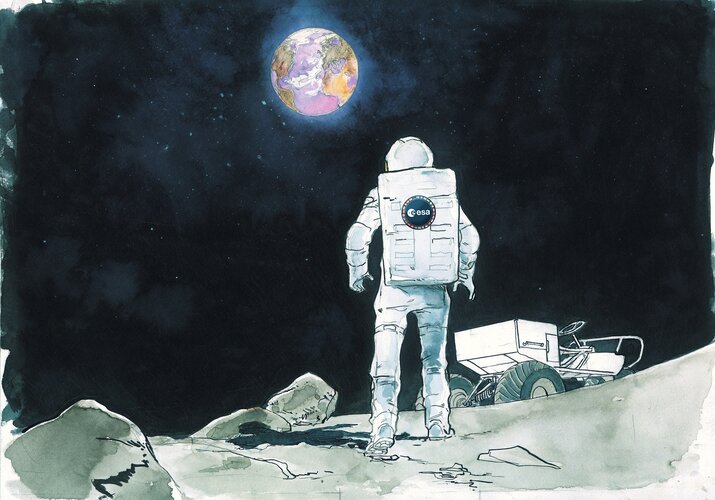
Copernical Team
Curiosity Roundup Sols 3725-3731
 The drive in our last plan took us to an area that appeared somewhat smoother and brighter from orbit (as well as from drive direction imaging) on the so-called "Marker band" that we have been investigating. The Marker band was identified as of interest prior to Curiosity landing within Gale crater owing to its distinct texture and appearance from orbit within the layers of rock that make up Mou
The drive in our last plan took us to an area that appeared somewhat smoother and brighter from orbit (as well as from drive direction imaging) on the so-called "Marker band" that we have been investigating. The Marker band was identified as of interest prior to Curiosity landing within Gale crater owing to its distinct texture and appearance from orbit within the layers of rock that make up Mou Mars Helicopter at Three Forks
 NASA's Perseverance Mars Rover took an image on December 18th, 2022, during its 650th day of mission that captured the Mars Helicopter Ingenuity near the base of Jezero Crater's river delta, approximately 1,115 feet (340 meters) away from the rover. The image was captured using the left camera of Mastcam-Z with an RGB color filter and the middle of its seven zoom settings, at a focal length of 6
NASA's Perseverance Mars Rover took an image on December 18th, 2022, during its 650th day of mission that captured the Mars Helicopter Ingenuity near the base of Jezero Crater's river delta, approximately 1,115 feet (340 meters) away from the rover. The image was captured using the left camera of Mastcam-Z with an RGB color filter and the middle of its seven zoom settings, at a focal length of 6 Long-delayed ExoMars mission still dreams of 2028 launch
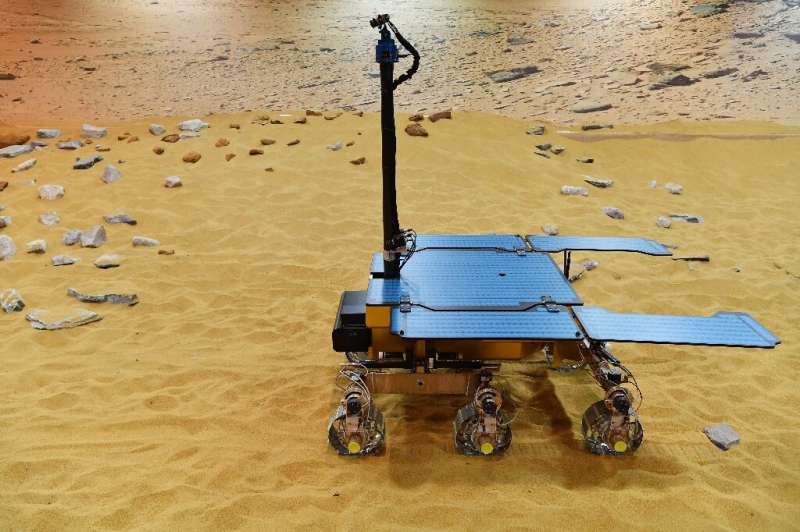
War, budget cuts, a pandemic and a crash: For all its trials, Europe's ExoMars mission might be more deserving of the name Perseverance than NASA's Martian rover.
But the European Space Agency still hopes the mission can launch in 2028 on its long-delayed quest to search for extraterrestrial life on the Red Planet.
This time last year, the ESA's Rosalind Franklin rover was all ready for a September launch from the Baikonur Cosmodrome in Kazakhstan, planning to catch a ride on a Russian rocket and descend to the Martian surface on a Russian lander.
Then Moscow invaded Ukraine in March, and sanctions imposed by the ESA's 22 member states led to Russia pulling out and the mission being suspended.
Experiments to complete scientific understanding of how reduced gravity affects boiling and condensation
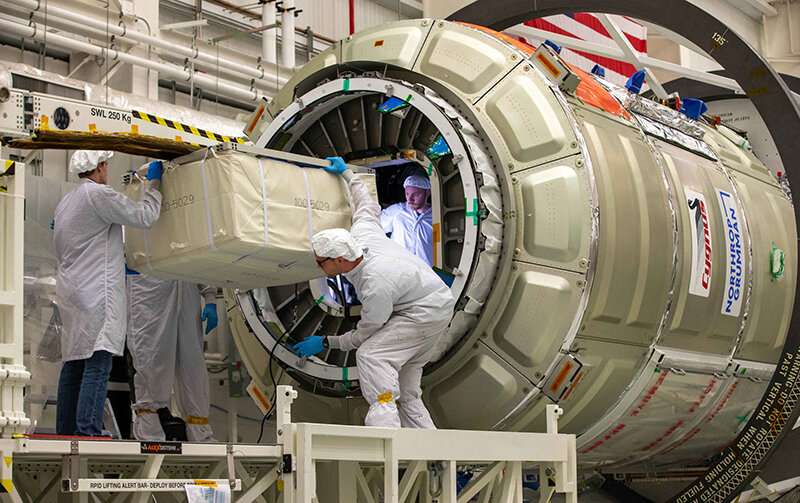
With temperatures on the moon ranging from minus 410 to a scorching 250 degrees Fahrenheit, it's an understatement to say that humans will need habitats with heat and air conditioning to survive there long term.
But heating and cooling systems won't be effective enough to support habitats for lunar exploration or even longer trips to Mars without an understanding of what reduced gravity does to boiling and condensation.
France pledges not to conduct anti-satellite missile tests but leaves other options open
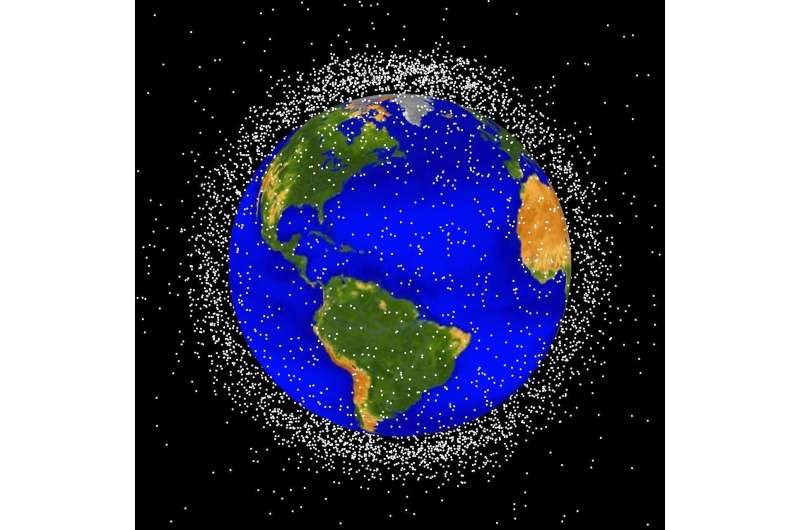
Driven by concerns over space debris, in late November the French Ministry for the Armed Forces formally committed not to conduct anti-satellite missile tests. And yet, France's space strategy of 2019 resolved to "toughen" the country's space capabilities.
Given the short lapse of just three years, how can we make sense of France's seemingly contradictory space military policy?
A historic but surprising decision?
In October 2022, the United Nations voted to work towards putting an end to "destructive direct-ascent antisatellite missile testing"—that is, missiles fired at satellites from Earth's surface or from the air. France cosponsored the resolution and voted for it, despite possessing the technical expertise required to develop such a capacity.
The ministry's statement, published on 9 November 2022, is strongly worded. It dubs anti-satellite testing as "destabilizing and irresponsible," and insists France never conducted such tests. It also voices concerns about the potential impact of space debris on the integrity of in-use satellites, as well as for the space domain. France's decision follows that of the United States on 9 April 2022, which the Elysée Palace had then applauded.
Week in images: 30 January - 03 February 2023

Week in images: 30 January - 03 February 2023
Discover our week through the lens
Exploring a turbulent tarantula
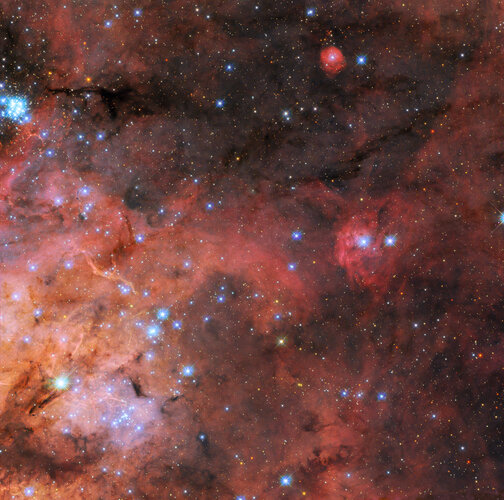 Image:
Exploring a turbulent tarantula
Image:
Exploring a turbulent tarantula Earth from Space: Kolkata, India
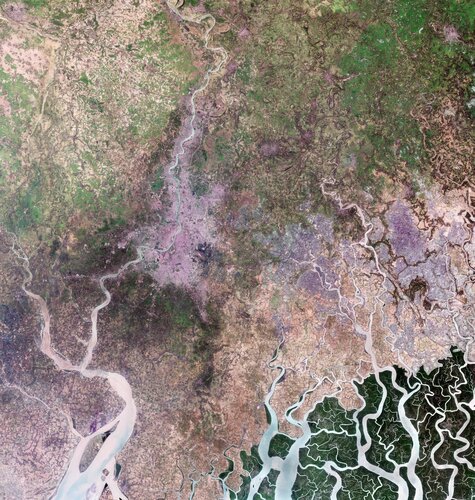 Image:
Kolkata, formerly Calcutta, is featured in this image, captured by the Copernicus Sentinel-2 mission.
Image:
Kolkata, formerly Calcutta, is featured in this image, captured by the Copernicus Sentinel-2 mission. NASA names first person of Hispanic heritage as chief astronaut
 Veteran astronaut Joe Acaba made history on Thursday when he was named chief of the Astronaut Office at NASA's Johnson Space Center in Houston.
Acaba is the first person of Hispanic heritage to be named chief astronaut, NASA said.
As we build on the International Space Station's unparalleled success in low-Earth orbit with our eyes on the Moon and then Mars, Joe will play an inte
Veteran astronaut Joe Acaba made history on Thursday when he was named chief of the Astronaut Office at NASA's Johnson Space Center in Houston.
Acaba is the first person of Hispanic heritage to be named chief astronaut, NASA said.
As we build on the International Space Station's unparalleled success in low-Earth orbit with our eyes on the Moon and then Mars, Joe will play an inte 
